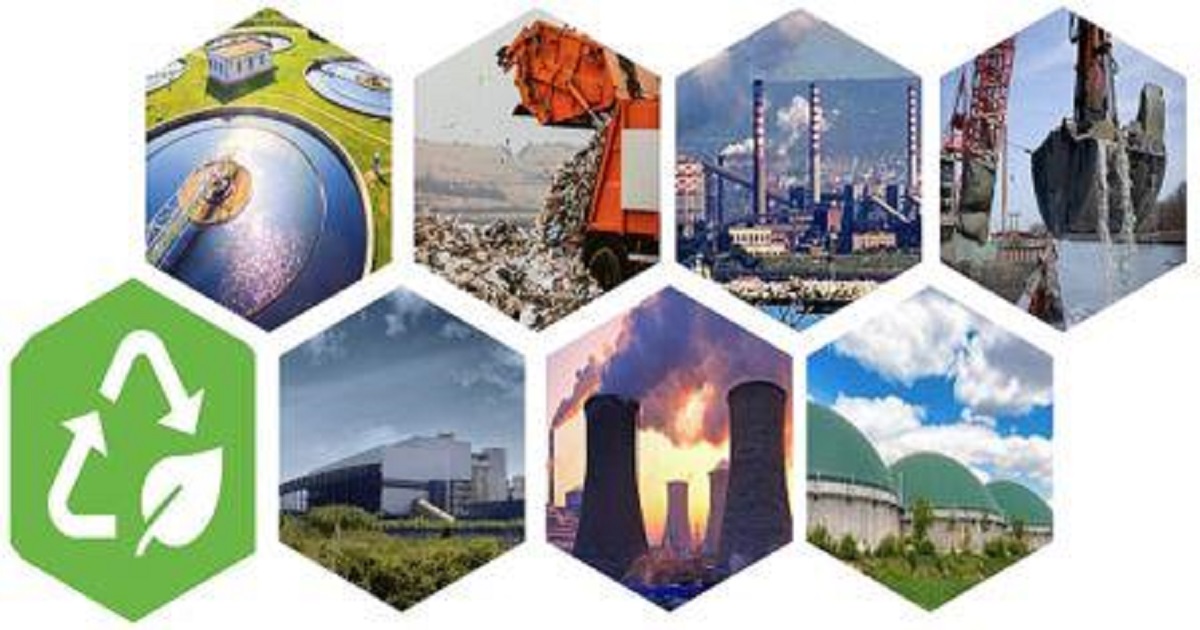Green Processes and Technologies for Environmental Applications
A special issue of Clean Technologies (ISSN 2571-8797).
Deadline for manuscript submissions: closed (31 July 2022) | Viewed by 14574

Special Issue Editor
Interests: environmental engineering; waste treatment; life-cycle assessment; materials from waste; sludge treatment; recycling; sustainability
Special Issues, Collections and Topics in MDPI journals
Special Issue Information
Dear Colleagues,
This Special Issue aims to collect innovative contributions and review articles on green processes and technologies applied in the environmental field. Technologies also include methods, mathematical, and informatics models to design, analyse, and measure the cleanliness of processes and products. The experimental contributions should be designed to compare the innovative technology investigated with the conventionally adopted one, emphasising its green character. For intangible technologies, methodological and modelling approaches (e.g., Water Pinch Analysis) should be able to demonstrate the benefits for the environment, resource, and energy consumption generated by the introduction of a new process or technology.
Environmental applications are wide-ranging, from the treatment of air, liquid, and solid streams produced in a processing cycle to the decontamination of an environmental matrix, such as soils, sediments, and groundwater. Contributions aimed at the development of new materials, including those derived from secondary raw materials, subsequently applied in the environmental field will also be considered.
Dr. Sabino De Gisi
Guest Editor
Manuscript Submission Information
Manuscripts should be submitted online at www.mdpi.com by registering and logging in to this website. Once you are registered, click here to go to the submission form. Manuscripts can be submitted until the deadline. All submissions that pass pre-check are peer-reviewed. Accepted papers will be published continuously in the journal (as soon as accepted) and will be listed together on the special issue website. Research articles, review articles as well as short communications are invited. For planned papers, a title and short abstract (about 100 words) can be sent to the Editorial Office for announcement on this website.
Submitted manuscripts should not have been published previously, nor be under consideration for publication elsewhere (except conference proceedings papers). All manuscripts are thoroughly refereed through a single-blind peer-review process. A guide for authors and other relevant information for submission of manuscripts is available on the Instructions for Authors page. Clean Technologies is an international peer-reviewed open access quarterly journal published by MDPI.
Please visit the Instructions for Authors page before submitting a manuscript. The Article Processing Charge (APC) for publication in this open access journal is 1600 CHF (Swiss Francs). Submitted papers should be well formatted and use good English. Authors may use MDPI's English editing service prior to publication or during author revisions.
Keywords
- Air pollution
- Demonstration
- Development
- Environmental impact
- Holistic approaches
- Innovation
- Methodologies and models
- Pollution control
- Remediation of contaminated sites
- Saving resources and energy
- Solid waste
- Wastewater treatment
- Technology research
Benefits of Publishing in a Special Issue
- Ease of navigation: Grouping papers by topic helps scholars navigate broad scope journals more efficiently.
- Greater discoverability: Special Issues support the reach and impact of scientific research. Articles in Special Issues are more discoverable and cited more frequently.
- Expansion of research network: Special Issues facilitate connections among authors, fostering scientific collaborations.
- External promotion: Articles in Special Issues are often promoted through the journal's social media, increasing their visibility.
- e-Book format: Special Issues with more than 10 articles can be published as dedicated e-books, ensuring wide and rapid dissemination.
Further information on MDPI's Special Issue polices can be found here.





